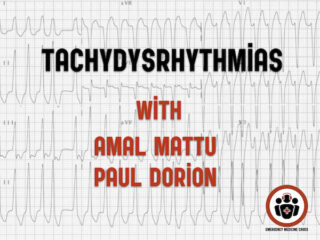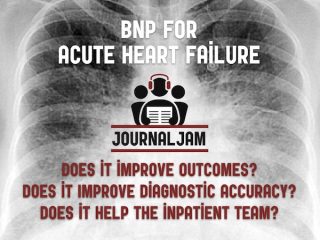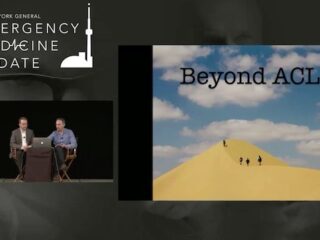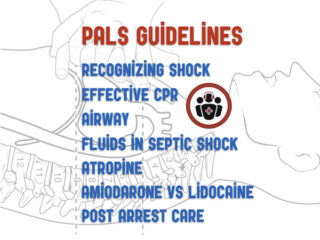cardiology emergency medicine
Ep 112 Tachydysrhythmias with Amal Mattu and Paul Dorian
In this EM Cases main Episode 112 Tachydysrhythmias with Amal Mattu and Paul Dorion we discuss a potpurri of clinical goodies for the recognition and management of both wide and narrow complex tachydysrhythmias and answer questions such as: Which patients with stable Ventricular Tachycardia (VT) require immediate electrical cardioversion, chemical cardioversion or no cardioversion at all? Are there any algorithms that can reliably distinguish VT from SVT with aberrancy? What is the "verapamil death test"? While procainamide may be the first line medication for stable VT based on the PROCAMIO study, what are the indications for IV amiodarone for VT? How should we best manage patients with VT who have an ICD? How can the Bix Rule help distinguish Atrial Flutter from SVT? What is the preferred medication for conversion of SVT to sinus rhythm, Adenosine or Calcium Channel Blockers (CCBs)? Why is amiodarone contraindicated in patients with WPW associated with atrial fibrillation? What are the important differences in the approach and treatment of atrial fibrillation vs. atrial flutter? How can we safely curb the high bounce-back rate of patients with atrial fibrillation who present to the ED? and many more...










